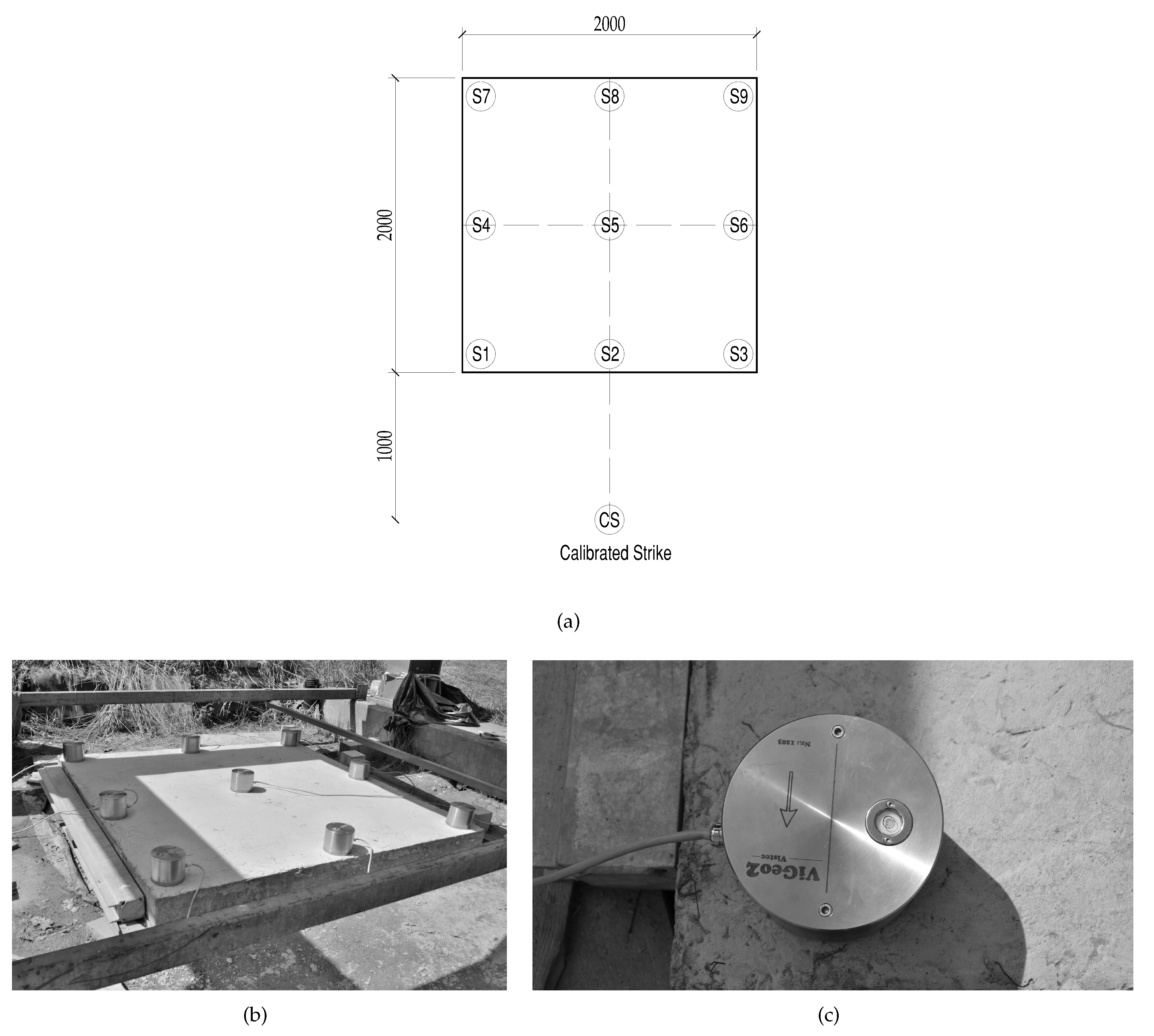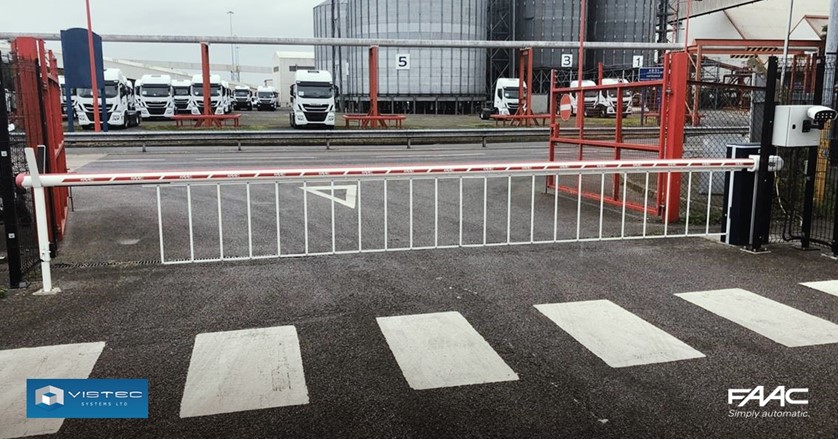Vistec Driver Download
 The Neon-CLQ
The Neon-CLQThe Neon family has grown again. It started with the Neon-CLB, the world’s first PoCL frame grabber that provided Base Camera Link acquisition on an OEM priced platform. Next came the Neon-CLD which supports two cameras on the same low-cost x4 PCIe platform. The newest member, the Neon-CLQ, supports capture from four cameras simultaneously. Both cameras can be run completely independent (with different resolutions, frame rates, triggering modes, etc.) or perfectly synchronized. The Neon-CLQ is incredibly flexible and powerful, yet it can substantially lower your system cost. Although the Neon-CLQ only requires a single PCIe slot it provides four camera interfaces plus I/O. This means the Neon-CLQ hits the highest density of cameras per slot of any frame grabber on the market while bringing the cost per camera down to unprecedented lows. At this price per camera, the Neon-CLQ can compete with mainstream network cameras while still providing all the robust industrial features expected when using a frame grabber.
Develop your application using our sophisticated buffer management APIs, or download our free drivers, available for most 3rd party machine vision packages. The Neon-CLQ is software compatible with the single camera Neon-CLB, thus making the number of cameras in a system a manufacturing time decision. Electron beam lithography devices made by Vistec Electron Beam GmbH are high-tech systems for micro and nano structuring in the microelectronics, micro-optics and micro-mechanics sectors. We have been involved in the development and maintenance of all device generations from the ZBA 10 up to the current SB series for more than 20 years.
Adding the Neon-CLQ to your application is simple with our SDK, which supports both 32-bit and 64-bit operating systems. Develop your application using our sophisticated buffer management APIs, or download our free drivers, available for most 3rd party machine vision packages. The Neon-CLQ is software compatible with the single camera Neon-CLB, thus making the number of cameras in a system a manufacturing time decision.
If you need the simplest, most reliable, and best performing quad Base Camera Link/PoCL frame grabber, call BitFlow today to get our Neon-CLQ, BitFlow’s 4th generation of robust, industrial CL imaging products.
Features
Power over Camera LinkPower over Camera Link (PoCL) is an extension of the Camera Link specification that allows for frame grabbers to provide power to small cameras over the Camera Link cable. PoCL provides many advantages to the OEM. First, the cabling is vastly simplified, as only a single cable is required for data, power, and control to the camera. This provides all the convenience of Firewire or USB cables schemes with the addition of industrial cabling and much higher data rates. Another advantage is that, because only a single cable is required, the camera footprint can be greatly reduced. For the first time, the so called “dice camera” format factor is supported by an industrial, digital interconnect.
PoCL Safe PowerThe baseline PoCL specification only outlines the basic requirement of the frame grabber providing power to the camera. However, without some protection, there are many situations that can occur where both the frame grabber and/or the PC the board it is installed in can be damaged. To overcome these problems an ancillary provision was added to the PoCL standard called “Safe Power”. The Safe Power specification takes into account every possible situation that might occur on the CL power lines and protects both the frame grabber and the PC. Safe Power also provides a path for backwards compatiblity with non-PoCL cameras and non-PoCL cables. Considering the risks, it makes little sense to buy a PoCL frame grabber unless it supports Safe Power.
 FlowThru Architecture
FlowThru ArchitectureFor well over 10 years, BitFlow’s camera interface products have been built around our revolutionary FlowThru architecture. Comprised of a user-programmable Video Pipeline, a flexible Camera Control Unit, efficient high-speed video FIFOs and a highly-optimized scatter/gather DMA engine, the FlowThru architecture allows the Neon-CLQ to control, acquire, reformat, and transfer video data directly into the user’s application at camera speeds with zero latency or CPU usage. Our FlowThru architecture has been continuously optimized and enhanced to support a wide variety of imaging applications such as document/package processing, semiconductor, continuous web inspection, sequence capture, and motion analysis. It can easily be adapted to the specific needs of your application.
Software Support

The Neon-CLQ is supported by the BitFlow Software Development Kit (SDK), which is available for both 32-bit and 64-bit Windows platforms. The SDK is board family generic and will work with all of BitFlow’s frame grabbers (making future migrations to other families trivial). The kit provides drivers, DLLs, and configuration utilities for people interested in using third party software. For customers interested in developing their own applications, the SDK provides header files, libraries, and huge amounts of example code. The SDK provides a wide range of Application Programming Interfaces (API), from low-level direct hardware access to high-level automatic buffer management (ring or sequence). Every line of code has been engineered for reliability under the toughest industrial conditions. At the same time, a priority has been put on ease of use and short development times. With the BitFlow SDK, you’ll have the Neon-CLQ integrated with your application in no time.
PCI Express InterfaceThe Neon-CLQ uses a x4 PCI Express bus interface. The PCI Express bus offers huge increases in DMA performance over the PCI bus. However, what is less well known is that the PCI Express bus is always peer to peer. This means the Neon-CLQ does not share the bus with any other devices. In most motherboard architectures, it will talk directly to the PCI chipset that is on the memory bus. This direct connection equates to higher sustained DMA bandwidths regardless of system load. Most motherboards also support concurrent full DMA speed on all of their PCI Express slots. The board will work in any slot that it fits in. This means not only x16, x8 and x4 slots, but also, as is becoming the trend, x1 slots that use x4 (or larger) connectors. The performance will be degraded in an x1 slot, but the board will work fine in applications that don’t require maximum data rate.
Camera Control and I/OSupported by a GUI camera file editing utility (CamEd), the Neon can acquire fixed or variable size images and features a programmable ROI (Region Of Interest) sub-windowing capability. The board provides a full set of camera control signals (CC1, CC2, CC3, CC4) and sync inputs (LVAL, FVAL, PCLK, trigger, and encoder) for total camera and acquisition control. These signals are completely independent, although there are provisions for driving all cameras from a signal set up encoder/trigger signals. There is also a large number of programmable general purpose outputs and inputs that are not tied to the camera’s timing. The Neon-CLQ board, as with our past interface products, supports not only simple triggering modes but also complicated, application-specific triggering and control interactions with your hardware environment.
ModelInterfaceNEO-PCE-CLQQuad PoCLSend Enquiry
Other Series You May Like
ClaxonBitBoxNeon-DIFDriver Download Nvidia
Neon-CLDVistec Driver Download Pc
Neon-CLBVistec Driver Download Pc
Cyton-CXPDriver Downloader

